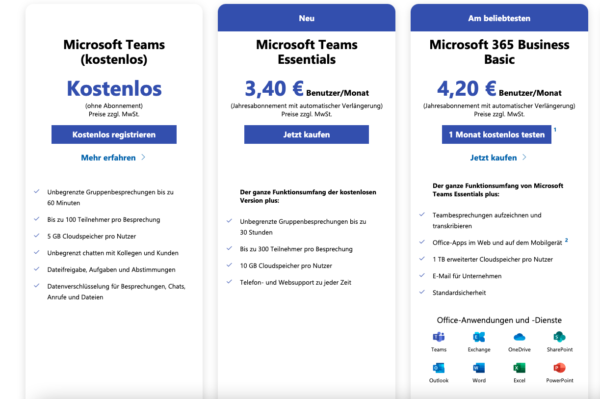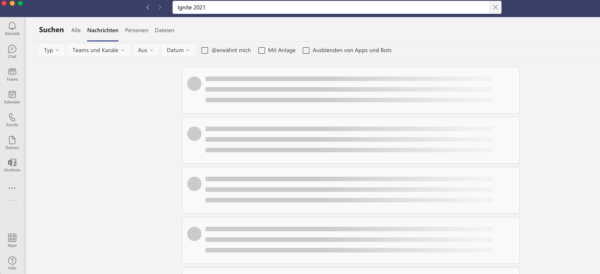When it comes to growing your business, achieving scale at the right time is essential — and one of the trickiest and most expensive challenges there is. Low code helps scale your IT systems and resources and this allows your business to grow and innovate in a sustainable way. Achieving scalability allows companies to serve their audiences better, no matter the size, and increase sales and productivity without suffering in other areas. Low-code development is making this more attainable than ever.
Organizations that use low-code platforms, which increase developer productivity and speed to market, ensure that they can expand and grow as necessary to meet the needs of the business.
Check out HCL Volt MX, an industry-leading low-code platform that makes creating enterprise apps at scale — fast.
Here’s how low code can help scale up your ops and resources to drive business and economic growth:
1. Build once, deploy anywhere
A major feature of HCL’s low-code platform is its seamless cross-platform deployment, which gives developer teams the flexibility to scale as needed. By designing apps with a universal language, they can deliver dynamic user experiences over multiple devices and operating systems.
Your existing developers don’t have to become overnight experts in iOS, Android, or other operating systems to quickly build and deploy impactful experiences from a single code source. Low-code platforms help businesses to deploy with complexity and speed — and achieve scale in the process — for a wide variety of applications, from native apps to PWAs, from wearables to kiosks and beyond.
2. Integration without limits
By removing backend complexity, the Volt MX platform unlocks existing data and business processes, giving developers the ability to connect diverse systems and datasets with ease and efficiency. This not only drives scale but can reduce time-to-market by more than 60%.
This low-code platform also bridges functionality to legacy systems. Seamless integration with these often complex and antiquated systems allows companies to extend their capabilities and drive value from their existing investments. Not having to do extensive and expensive data migrations, or rewrite millions of lines of code, means that your developers can focus on your organization’s app user experience and the customer or audience demands. If you are looking to scale, isn’t it better to focus on the market needs rather than on hand-knitting together ancient databases?
Seamless integrations and bringing your backend processes and data forward in an elegant app, helps businesses maintain efficiency and extend the lifespan and productivity of their existing systems. In turn, this fuels ROI while creating more opportunities to properly scale.
3. Improving IT processes
Scaling is only possible if the IT systems and processes required for optimized operations are functioning smoothly. Those processes must be constantly maintained, debugged, and upgraded — and low-code makes this easier.
Extensive coding, debugging, and testing is time-consuming and draining on the creative and problem-solving capacity of dev teams. It’s not surprising that enterprises are eager to embrace tools that allow their professional developers to focus on more important and higher-level tasks.
With pre-built modules and a visual UX featuring drag-and-drop features, Volt MX frees developers from hand-coding and gives them the autonomy to focus more on the digital solutions that will grow your business. Low-code platforms empower companies to focus more energy on higher-value projects, through automation that saves time, reduces cost, and allocates resources efficiently.
4. Expanding capabilities while creating excellent customer experiences
Many businesses adopt a low-code platform to help address challenges of digital transformation and achieve results faster than traditional solutions. For example, a major health insurer with premiums of more than $1 billion needed to expand its digital offerings to include mobile in order to meet customer needs.
Using Volt MX it launched a mobile app that extended the hours of customer service and delivered a new level of convenience and functionality to its users, all without overwhelming IT teams or swamping the bottom line. An extensible scalable mobile experience is helping this company to stay connected with its customers wherever they are.
5.Solutions for urgent challenges
When a power and electric utilities company in Ireland needed a new system for its field service technicians and needed it fast, it turned to Volt MX.
Maintaining the existing system meant bridging outdated legacy hardware and software to a mobile platform that could carry it into the future. With Volt MX the company was able to quickly update its mobile technology stack and deliver better efficiency for its workforce without suffering any slowdowns or service lags. It was able to urgently scale its operations and deliver better services to its customers.
Helping businesses grow
Growth can quickly become problematic if the resources needed to sustain it ― both financial and human ― overwhelm the entire enterprise and create a burdensome cycle. Healthy growth must be sustainable, and low code technology gives businesses a modern path to scalable operations.
Forward-thinking leaders know it needs to be a fundamental part of any future technology strategy. Are you ready? HCL Volt MX, an industry-leading low-code platform, helps you deliver enterprise mobile apps at scale. Try it out — free — with our trial.










